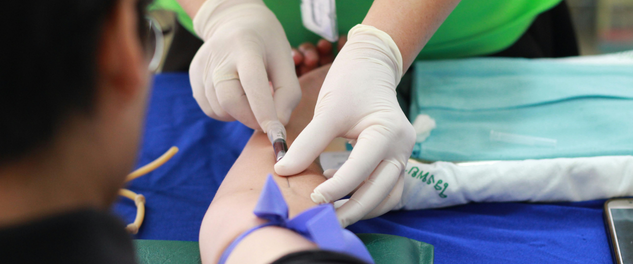In 2025, the landscape of HIV prevention and treatment is undergoing a paradigm shift, propelled by groundbreaking advancements in long-acting injectable therapies. Recent regulatory approvals and clinical breakthroughs now signal that biannual or monthly injections may soon replace the burdensome daily regimens, transforming both prevention and care for millions.
FDA and European Approvals: A Turning Point
On June 18, 2025, the U.S. Food and Drug Administration granted approval for lenacapavir, branded as Yeztugo, as the first twice-yearly injectable for HIV prevention. Demonstrated efficacy includes 96% protection in cisgender women and 100% in men who have sex with men and gender-diverse individuals, marking a formidable leap beyond daily oral PrEP.
Just weeks later, the European Medicines Agency recommended approval for lenacapavir, marketed in Europe as Yeytuo, reinforcing its role as a “highly effective” biannual option that could outcompete even existing long-acting alternatives.
Unmatched Efficacy: Nearly Perfect Prevention
These approvals reflect a growing body of trial data. In the landmark PURPOSE 1 study conducted in South Africa and Uganda, not a single participant assigned to lenacapavir contracted HIV, while dozens of infections occurred in the oral PrEP comparator groups IDSA. Such impressive results led trial monitors to halt the study early and offer lenacapavir to all participants.
Real-World Impact: Accessibility and Affordability
Despite its promising efficacy, access and pricing remain concerns. In the U.S., lenacapavir is expected to retail at approximately $25,000 per patient per year. Yet, research from the University of Liverpool suggests that high-volume manufacturing could bring that cost down to as little as $25 annually per patient, with a sustainable profit margin. Gilead has reportedly entered royalty-free licensing agreements with six generic manufacturers for distribution in 120 low-income countries, partly addressing equity challenges.
Long-Acting Treatment for Those Who Struggle with Pills
Prevention is only part of the narrative. A study presented at the International AIDS Society (IAS) Conference 2025, held in Kigali, Rwanda, highlighted that long-acting injectable cabotegravir and rilpivirine are equally effective at maintaining viral suppression compared to standard daily pills among individuals in sub-Saharan Africa with histories of non-adherence.
Meanwhile, a JAMA publication from researchers at UCSF demonstrated that over 98% of patients, including those who began with detectable viral loads, achieved durable viral suppression following long-acting injectable therapy, further underscoring its effectiveness in challenging clinical situations.
A New Horizon: From Prevention to Cure
Looking even further ahead, early-stage innovations hint at enduring or curative outcomes. In experimental studies, AAV-mediated gene therapy delivering leronlimab enabled sustained HIV suppression for over a year in primates, suggesting the possibility of a one-time or long-acting functional cure. While preliminary, these findings may redefine expectations in HIV science.
Conclusion: Turning Promise into Reality
The data amassed over recent months signal a genuine inflection point: injectable therapies offering nearly perfect efficacy, improved adherence, and potential for expanded access. Still, success will hinge on ensuring affordability, infrastructure readiness, and equitable rollout across high-burden regions.
As policymakers, global health institutions, and funders deliberate the path forward, the challenge is clear, harness these innovations not merely within elite research settings but as practical, accessible solutions at scale. Today’s science offers tools powerful enough to reshape the HIV response; in the months ahead, it falls to global leaders to put them into action.








